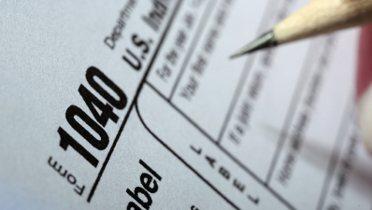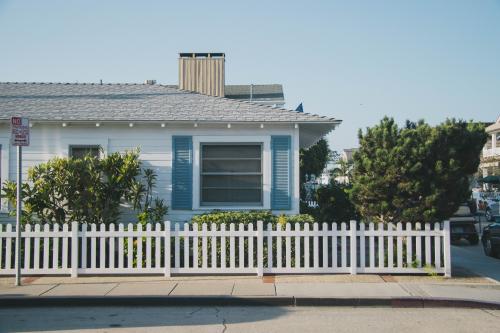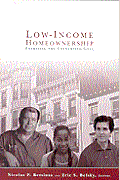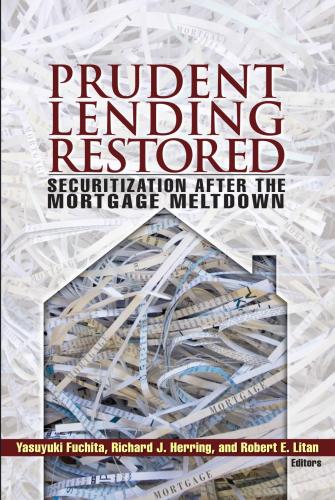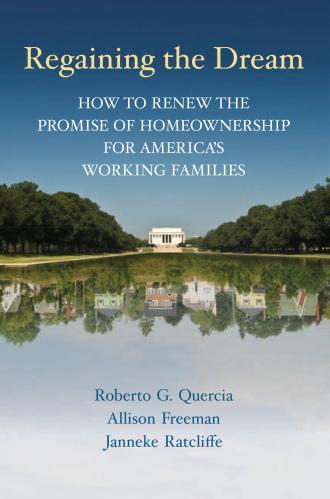Abstract
This brief examines characteristics of the mortgage interest deduction by utilizing zip-code level data on taxes and demographics. In the following sections, we focus on the relationship between the mortgage interest deduction and Adjusted Gross Income, the demographic characteristics of zip codes with particularly high proportions of taxpayers claiming the mortgage interest deduction, and the variation in MID claiming across counties.
Introduction
The federal tax code affords several major tax expenditures for homeownership, the largest of which is the mortgage interest deduction (MID) on owner-occupied homes. The MID allows taxpayers to deduct mortgage interest on up to $1 million in debt used to purchase or refinance a primary or secondary home, as well as for up to $100,000 of home equity debt not used to buy, build, or improve the home. The MID is available only to the minority of households whose combined itemized deductions—which include such items as state and local taxes paid and charitable contributions, as well as mortgage interest—exceed the standard deduction. (In 2013, the standard deduction was $12,200 for married filers and $6,100 for single filers.) Taxpayers whose combined itemized deductions are less than the standard deduction do not directly benefit from this provision in that year.Tax expenditures for homeownership are often justified on the basis of the benefits of homeownership (referred to by economists as “positive externalities”). These benefits typically fall into two categories: spillover effects (e.g., more engaged civic participation and lower crime) and benefits of higher wealth accumulation. Even if one accepts that homeownership can promote these ends, research suggests that existing tax expenditures for homeownership are poorly designed to achieve them. For example, tax expenditures for homeownership are regressive, providing larger subsidies for higher-income homeowners and larger houses, neither of which correlates with spillover effects for the rest of society. Homeownership tax expenditures also lead to substantial lost revenue, with the mortgage interest deduction costing $69.7 billion in 2013 alone.
The goal of this brief is to examine characteristics of the mortgage interest deduction by utilizing zip-code level data on taxes and demographics. In the following sections, we focus on the relationship between the mortgage interest deduction and Adjusted Gross Income (AGI), the demographic characteristics of zip codes with particularly high proportions of taxpayers claiming the mortgage interest deduction, and the variation in MID claiming across counties.


